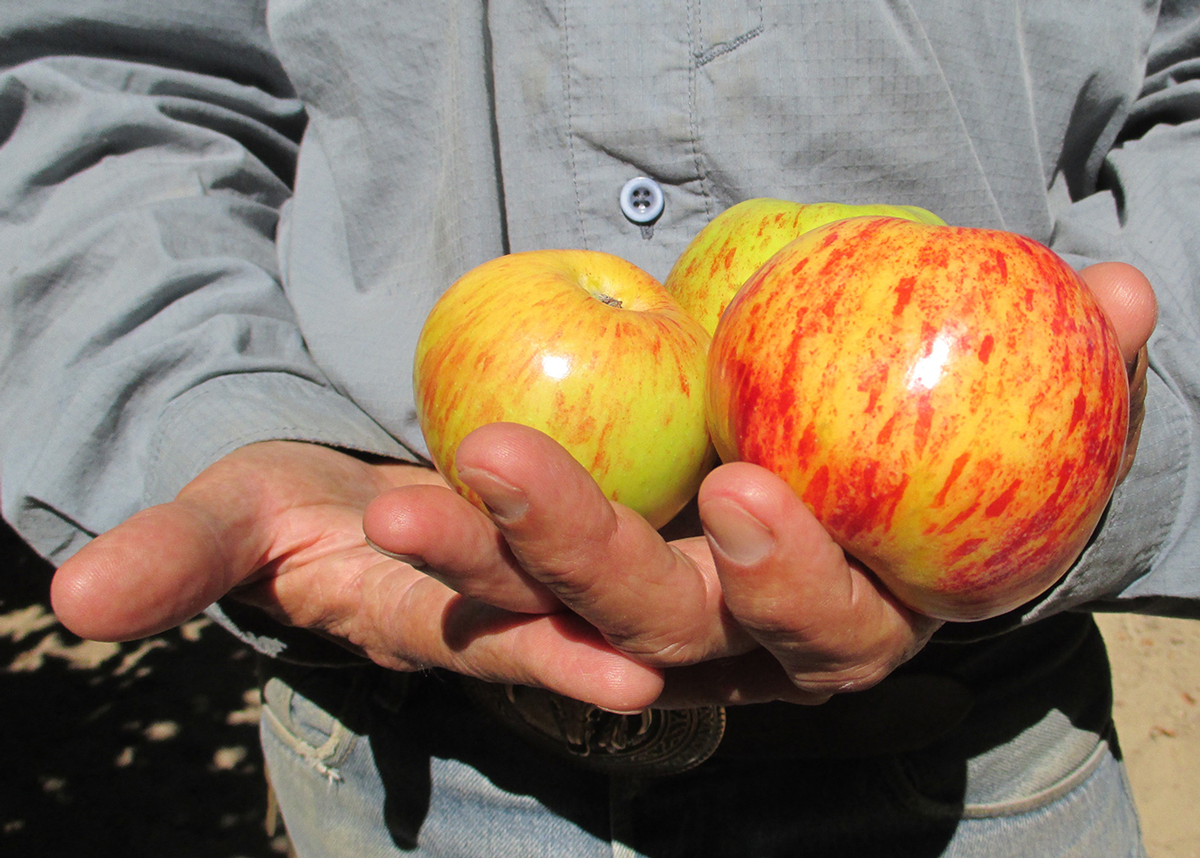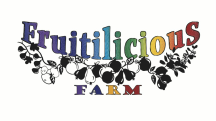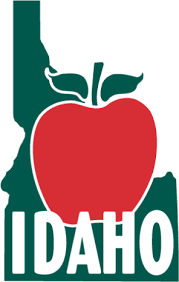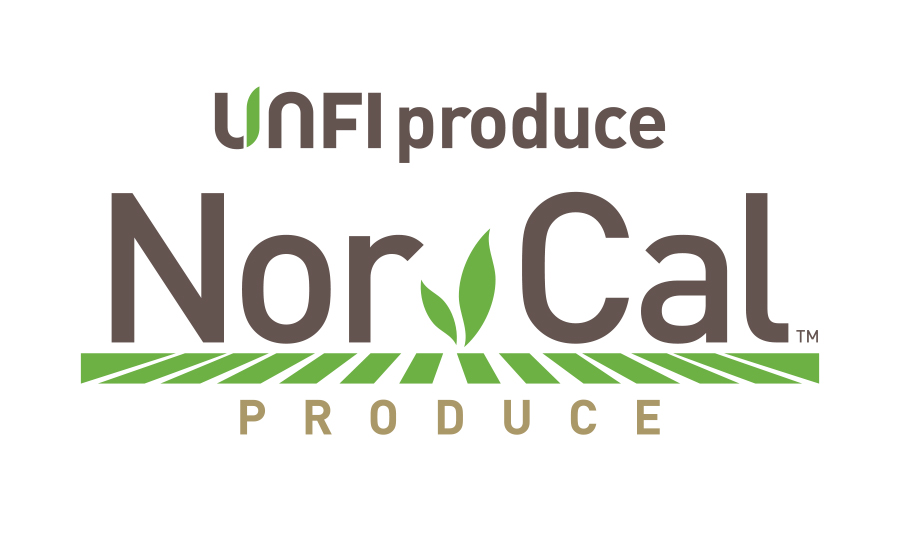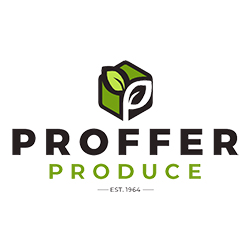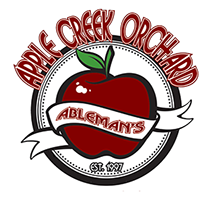Last weekend, the Sebastopol, Calif., community came together to celebrate an heirloom apple synonymous with the area — the gravenstein. The 52nd Gravenstein Apple Fair celebrated all things apple with music, cidermaking, a bakeoff using the gravenstein apple and more.
This apple's roots in the community go back decades to when it was first planted in the 1800s by Russian trappers. The variety thrived in the midcoastal climates of Sonoma County and became a major part of agricultural production in the area, with nearly 7,000 acres of gravenstein planted at one point. But now, as Sonoma County has become ubiquitous for its role in California wines, fewer than 600 acres of this heirloom apple exist.
Special box for a special apple
The Fruit Guys, a fresh fruit delivery company, celebrates this sweet-tart, aromatic apple with a fundraiser box featuring the gravenstein.
Erik Muller, president of The FruitGuys, whose company has offered gravenstein apples for 19 years, says he feels strongly about promoting this very special apple. While many gravenstein growers have grown this apple all their life, he says it's important to highlight this apple's relevance to Sonoma County and to the community of Sebastopol.
“It's a really unique, distinct apple, and it has unique flavor profiles, and it has a lot of traditional heritage, and it would just be a shame to see something like this go away,” he says.
Muller says this box, which features the gravenstein, is a bit different than other boxes The FruitGuys offers. It's a fundraiser box for the gravenstein growers. Muller says the customer base for this box is a bit different than the traditional clientele of businesses.
“This product is a little bit unique and different where we're marketing it to our customer base, but it's more individuals that are buying it, and it's typically individuals that have a tie to this, where they remember they're cooking an apple pie or making apple sauce with this, and they just have this nostalgia for it.”
Muller says what also makes gravenstein season unique is that it is truly a seasonal apple. He says growers have about a two-week window for harvest, and then The FruitGuys typically has about a two week season of shipping out the gravenstein boxes.
“We take our first delivery [this] week … and we'll pack up the boxes that we've pre-sold for this fundraiser for them, and then we'll start shipping them out within two days or so of receiving the product,” he says. “If we're lucky, we'll get a second load the second week. And then by that time, everything will be done. Things will be picked; they'll be out the door. It's literally a two-week process, and a two-week run of this, and then the supply will be out.”
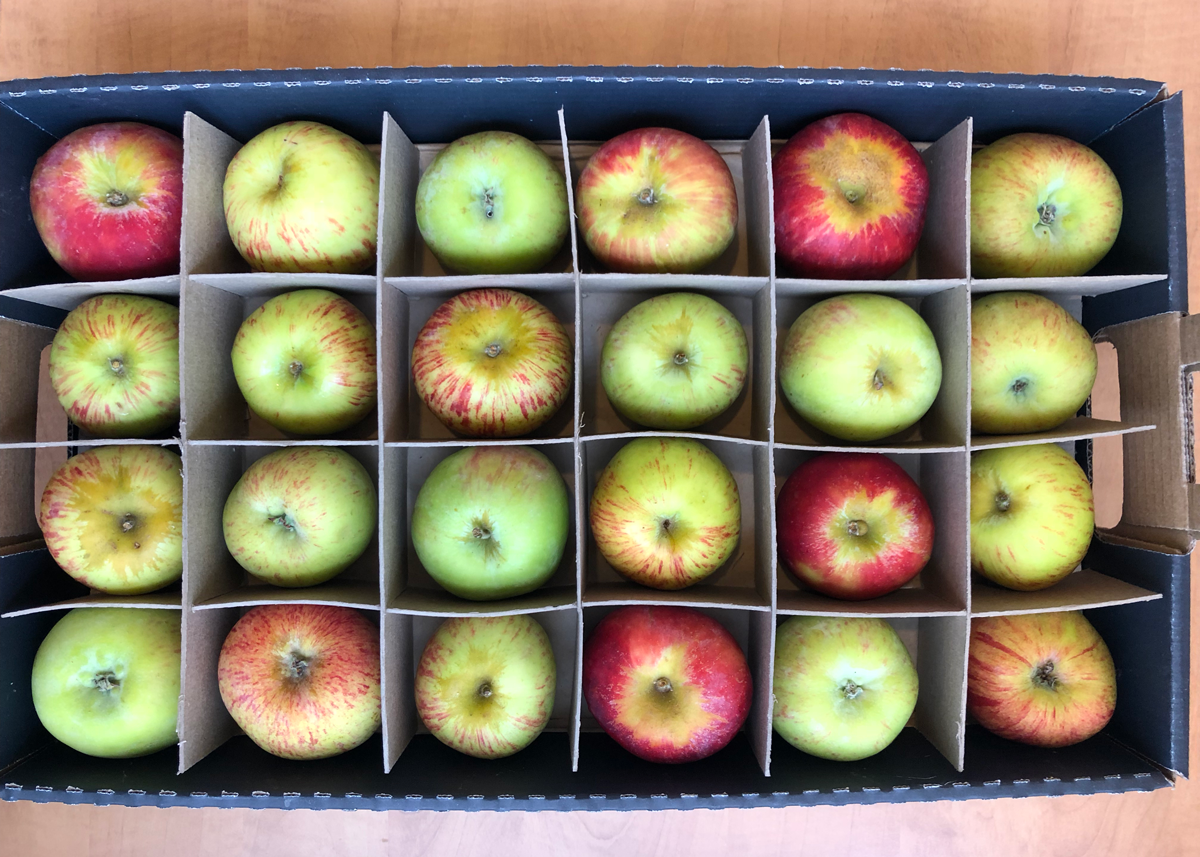
Role in Sonoma County economy
Muller says he and The FruitGuys team strongly believe in helping to promote this apple to hopefully ensure its continued longevity in Sonoma County.
“There's personal passion to make sure that their existence continues,” he says. “I think there's something about meaning and purpose in their craft that is so tied to their own personality that it would be a shame to see that go away.”
Muller says it's also worth noting that the gravenstein is part of Slow Food's Ark of Taste list.
“We want to have some biodiversity that's still out there, and we don't want to lose something like this,” he says.
Muller says there's also an economic relationship to the shifting agricultural makeup of Sonoma County, and that directly impacts apples like the gravenstein.
“That economic reality is wine grapes up in Sebastopol are probably getting six to 10 times the revenue source per acre or per ton than what a gravenstein is getting,” he says. “I think [gravenstein growers] are interested in figuring out how to save this thing and how to continue farming with it.”
Unique experience
Muller says what makes the gravenstein apple interesting for those in the fresh produce industry is just how strongly the fresh produce industry focuses on customer experience.
“If you can give that consumer an experience that they're not going to be able to get in many other places, it creates this level of retention and stickiness with them, because you're bringing them something unique,” he says. “And more importantly, you're actually telling a story about it. This gravenstein apple specifically has such an amazing story. But I think in today's day and age, consumers like to hear something like this, and they like to root for the underdog.”
He says while the season is short and the gravenstein apple might not be the type of variety with a long shelf life, it packs a punch when it comes to flavor and a unique story.
“I think it's worth going out on a limb and carrying something like this and allowing the exposure to the consumer to have that buying experience,” he says.

